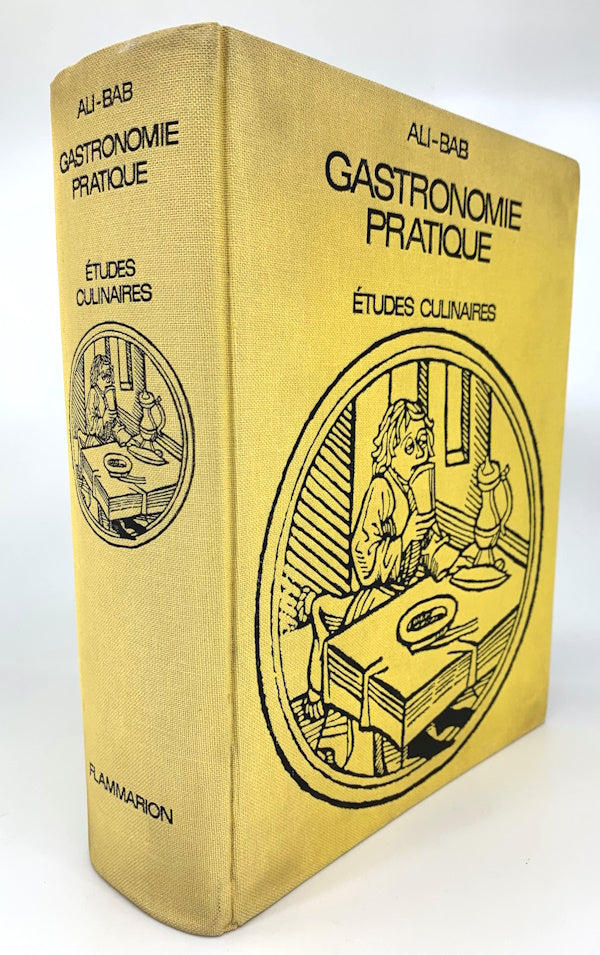OP: Gastronomie Pratique
Ernest Flammarion, 1975. Hardcover. Very Good.
The author of this monumental treatise on gastronomy, Henri Babinski (1855–1931), was a mining engineer and the child of Polish émigrés to Paris. In his fifties, after a successful career and early retirement, he explored what had been a growing interest in food and wine.Taking the pen-name Ali-Bab, he produced this highly influential work.
Published in 1907 under the name Gastronomie Pratique: Études Culinaires, it was primarily intended as a systematic treatment of French cuisine, covering in an orderly, almost scientific, way all of the fundamental techniques and operations to be carried out in the kitchen, as well as providing instructions for basic cooking preparations such as stocks and spice mixtures. The bulk of the some 1300 pages are indeed dedicated to recipes. Additionally, particularly in its later editions, Gastronomie Pratique served as a vehicle to explore the relationship between food and health.
Until an abridged edition appeared in English in 1974, Gastronomie Pratique had not been translated. Large portions of the original text were removed and the translation did not quite do justice to the original. Naturellement, the only way to enjoy it in its entirety is in French, as we offer here. Ours is a 1975 printing of the ninth edition, bound in marigold cloth and stamped with a charming illustration, issued without dust jacket, and protected by a plastic wrapper. The interior is clean and unmarked, the binding sturdy. The case shows discoloration and soiling toward the edges. Overall, Very Good.


